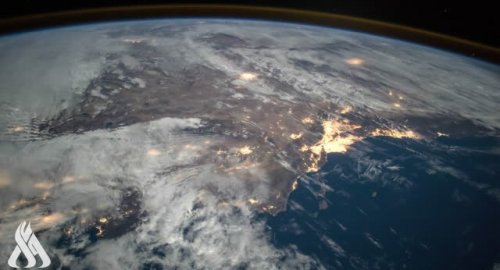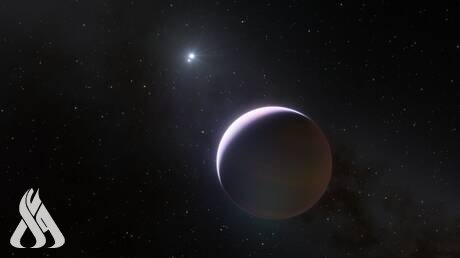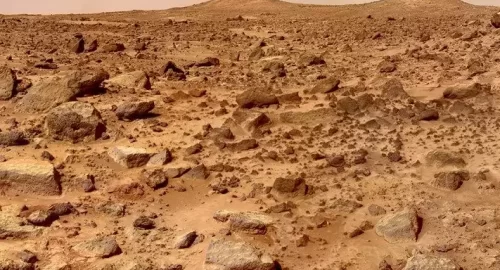
Scientists Found Evidence of the Magnetic Field in 3.7 Billion-Year-Old Rocks

- 1-05-2024, 08:53
INA- SOURCES
Life on Earth would be impossible without the magnetic field, a magnetic region powered by the planet’s iron core that protects all life from cosmic rays spewed from coronal mass ejections. This magnetic field also protects the liquid water on Earth’s surface, making the existence of such a field a convincing prerequisite for finding life on distant exoplanets.
TL;DR: Earth’s magnetic field makes all life possible.
However, scientists aren’t exactly sure when Earth’s magnetic field first formed, but a new study from the University of Oxford and the Massachusetts Institute of Technology (MIT) details the earliest known evidence of the field’s existence embedded in well-preserved 3.7 billion-year-old iron rocks in Isua, Greenland.
The iron composition of these rocks is key as the element can essentially lock in magnetic field direction and strength when it crystallizes. The study, published this week in the Journal of Geophysical Research, details an Eoarchean (4 billion to 3.6 billion years ago) magnetic field strength of 15 microteslas—roughly half as strong as the magnetic field of today.
“The magnetic field is, in theory, one of the reasons we think Earth is really unique as a habitable planet,” Oxford University’s Claire Nichols, a co-author of the study, said in a press statement. “It’s thought our magnetic field protects us from harmful radiation from space, and also helps us to have oceans and atmospheres that can be stable for long periods of time.”
To glean the magnetic information from these rocks, the samples were demagnetized in a lab and then remagnetized with a known field strength. This allows the researchers to compare the “gradient of demagnetization to the gradient of lab magnetization,” which has the fortune side effect of revealing how strong Earth’s magnetic field was 3.7 billion years ago.
This timeframe is also some 200 million years earlier than previous magnetic field evidence. This is an important distinction because microbial mats, the earliest known lifeforms on Earth, likely appeared on the scene around 3.7 billion years ago, strengthening the case that some form of magnetic field is necessary for life to take hold.
However, the Sun’s solar winds were stronger in these early days and the planet’s magnetic field weaker, meaning life was still possible even though these conditions were harsher. It’s likely that an increase in the strength of this magnetic shield allowed for complex life to leave the oceans and thrive on land.
“That’s important because that’s the time when we think life is emerging,” MIT’s Benjamin Weiss, a co-author on the study, said in a press statement. “If the Earth’s magnetic field was around a few hundred million years earlier, it could have played a critical role in making the planet habitable.”
While this helps fill in some scientific gaps in our understanding of Earth’s early history, this new piece of information is particularly helpful in the search for life on other planets. It’s true that a strong magnetic field helps give rise to complex life and eventually intelligent life. So even if a future exoplanet’s weak field is struggling mightily with its host star, it’s still possible for some lifeforms to take hold on the planet’s surface.
And it’s all thanks to the invisible field generated in a planet's liquid iron heart.
SOURCE: Popular Mechanics
- International
- 24/11/06
Al-Araji, NATO Commander Discuss Enhancing Expertise and Cooperation
- Security
- 24/11/02
Iraq establishes a council to link the development path with Europe
- Economy
- 24/11/02
Joint Ops: Intelligence systems still pursuing remaining Daesh gangs
- Security
- 24/11/02












